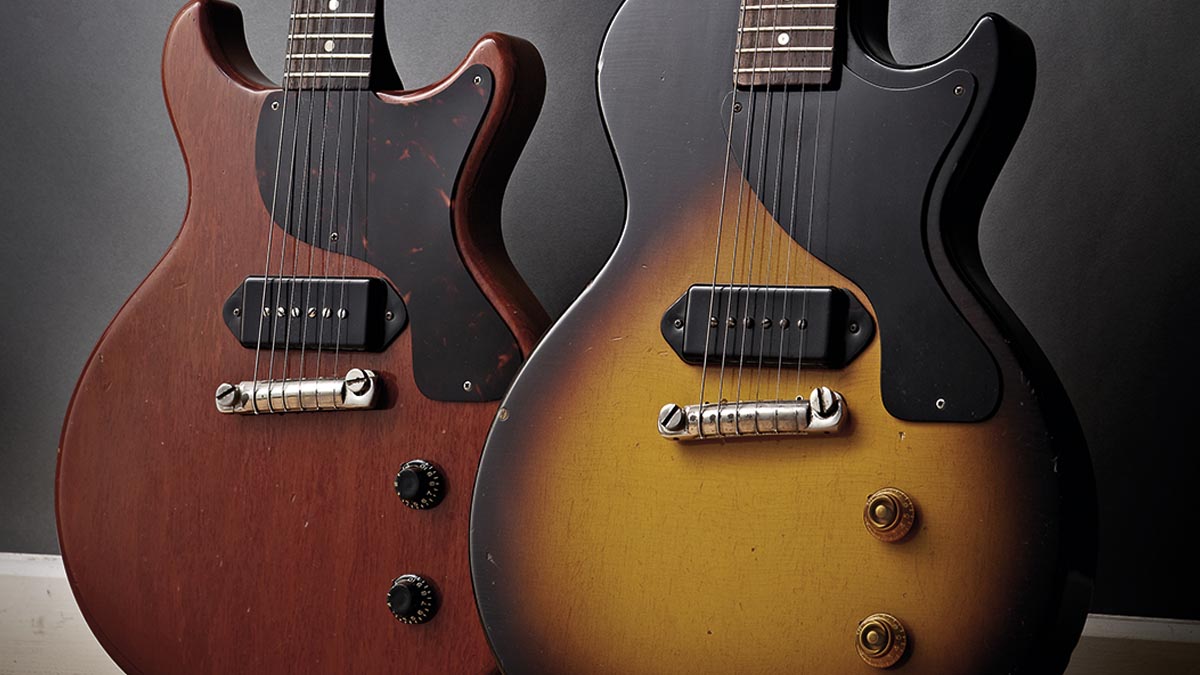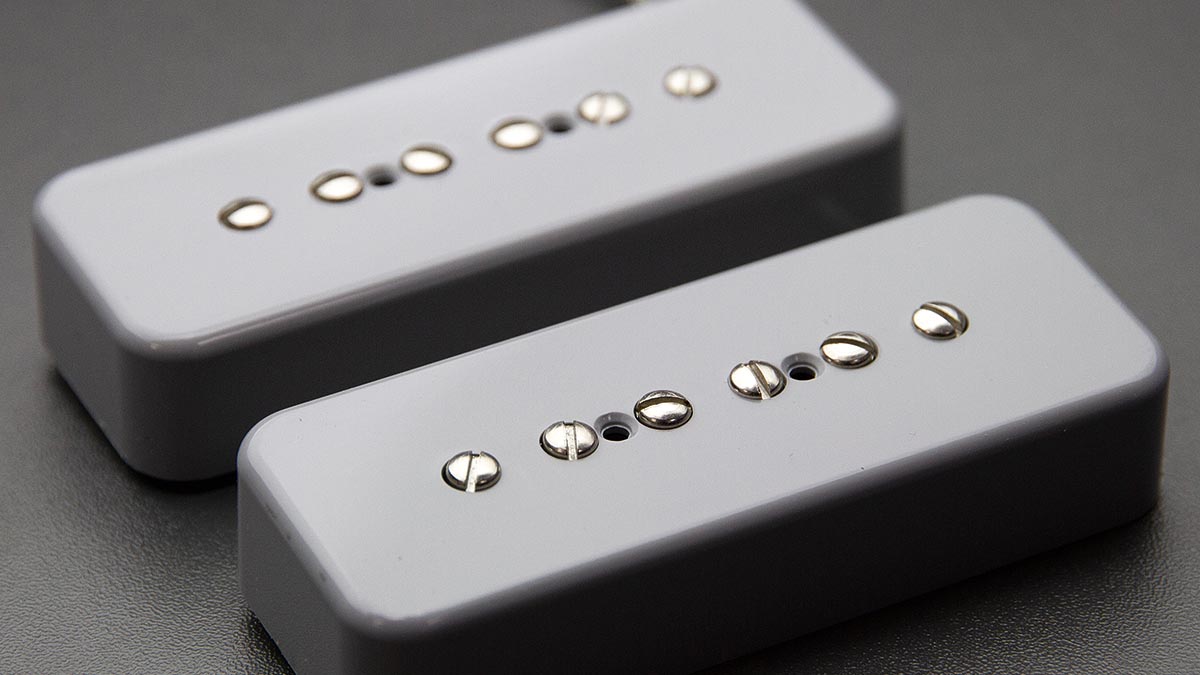Why the P-90 pickup is making a comeback
Bare Knuckle Pickups founder Tim Mills details the tonal qualities that have players turning to the classic single-coil design once again

Originally produced by Gibson from 1946, P-90s were one of the first mass-produced single-coil electric guitar pickups and have remained in regular production to this day.
Having been somewhat eclipsed by the PAF humbucker from the late '50s onwards, they have in recent years experienced a resurgence in popularity. We’re curious to hear why, so we catch up with Tim Mills at Bare Knuckle to get his take on the revival of the P-90.
“P-90s are characterised by a very wide, squat coil,” begins Tim. “They are traditionally wound with 42 [AWG] gauge plain enamel wire to around 10,000 turns. That’s the classic spec for an authentic vintage-style P-90. The early ones are typically Alnico III or, more commonly, Alnico II. The coils were nearly always unpotted and were propped up on wooden spacers – used to heighten or lower the coil – in a nickel tray.
“The early P-90s were characterised by a very shallow butyrate cover that just about covered the top to protect it. As you get to the late '50s/early '60s you find Alnico V magnets starting to be used more commonly, which was the biggest tonal shift up to that point. Moving further into the '60s, you see poly wire and clear plastic bobbins starting to be used, which can be fragile and prone to fracture. And as you get into the '70s, Gibson moves back to the more traditional black coil former.”

Prized for their dynamic sound, P-90s have found favour across a huge range of musical styles, as Tim explains.
“P-90s have quite a chunky, muscular wind on the coil,” he says, “and they have two bar magnets driving them, so they’re capable of producing quite a bit of output. There’s this lovely wide frequency response, which is typical of a single coil. With a P-90 you’ve got depth – extension in the bass, and lots of clear highs, but there’s this lovely drive in the midrange as well.
“There’s no hollowness. It’s a very strident sound. P-90s are extremely dynamic. They’re very responsive to the volume and tone pots: you can make them as dirty as you want, and you can clean them up as much as you want. They’re incredibly versatile.”
Get The Pick Newsletter
All the latest guitar news, interviews, lessons, reviews, deals and more, direct to your inbox!
In 1957, Gibson began introducing the PAF humbucker to its electric guitars and the new design soon began to overshadow the older P-90.
“P-90s are single coil, so there’s no hum cancelling going on, which was a real problem back in the day,” highlights Tim. “50/60 cycle hum was the enemy. As amplifiers got louder and more gain-y, mains and RF interference became more of an issue.
“But back then, electrics were nothing like as good as they are today. I use lots of single-coil pickups and I never have a problem with noise. Whether I’m recording at my computer, in a studio or at a gig.”
“After the PAF came along, cutting-edge guitar music became louder and heavier. People often associated the sound – and sight! – of Gibson humbuckers with those players. So P-90s were maybe viewed as a bit old-fashioned by some. But now people have gone back and they are rediscovering the P-90s. Over the past 10 to 15 years, there has been a huge resurgence in their popularity across the board.
“Early on at Bare Knuckle I was focusing on trying to make a P-90 that I could mount on a humbucker chassis because the biggest problem is the shape of them. So with the humbucker-sized P-90s we make you can get all of the P-90 tone in a humbucker shape.
“As long as you’ve got that wide, squat coil you can get that P-90 sound. Now, if you’ve got humbuckers and you want to get into P-90s, there’s nothing stopping you. At all. Every regular-sized P-90 model I make I do in humbucker size as well. We do seven-string versions, too.
“There’s nothing quite like a P-90. They sit so well between Fender-style single coils and a humbucking tone, but they also have their own vibe. To a certain extent they are the king of pickups.”
Rod Brakes is a music journalist with an expertise in guitars. Having spent many years at the coalface as a guitar dealer and tech, Rod's more recent work as a writer covering artists, industry pros and gear includes contributions for leading publications and websites such as Guitarist, Total Guitar, Guitar World, Guitar Player and MusicRadar in addition to specialist music books, blogs and social media. He is also a lifelong musician.
“Classic aesthetics with cutting-edge technology”: Are Seymour Duncan's new Jazzmaster Silencers the ultimate Jazzmaster pickups?
“We’re all looking for new inspiration. Some of us have been playing humbuckers for a long, long time”: Are we witnessing a P-90 renaissance? Warren Haynes has his say

![A black-and-white action shot of Sergeant Thunderhoof perform live: [from left] Mark Sayer, Dan Flitcroft, Jim Camp and Josh Gallop](https://cdn.mos.cms.futurecdn.net/am3UhJbsxAE239XRRZ8zC8.jpg)









